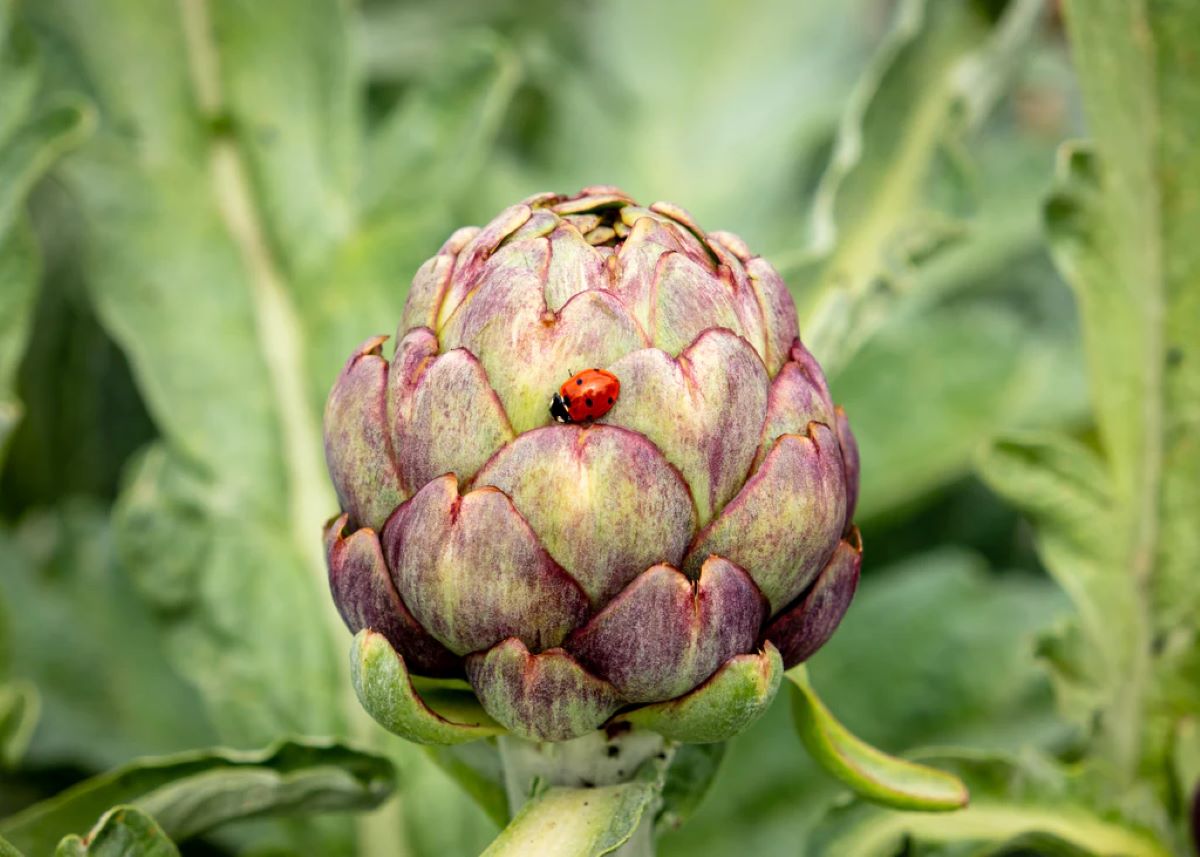

Articles
How To Store Artichokes
Modified: December 7, 2023
Looking for the best way to store artichokes? Discover our helpful articles on proper artichoke storage and preservation methods.
(Many of the links in this article redirect to a specific reviewed product. Your purchase of these products through affiliate links helps to generate commission for Storables.com, at no extra cost. Learn more)
Introduction
Welcome to our comprehensive guide on how to store artichokes! Artichokes are not only delicious, but they also offer numerous health benefits. Whether you have recently harvested fresh artichokes from your garden or purchased them from a local market, proper storage is crucial to maintain their flavor and texture.
In this article, we will walk you through the process of selecting fresh artichokes and provide you with various storage options. Whether you prefer refrigeration, freezing, or canning, we have got you covered. By following our tips and best practices, you can extend the shelf-life of your artichokes and enjoy their delectable taste for weeks or even months to come.
So let’s dive in and learn how to store artichokes to keep them fresh and ready for your culinary adventures!
Key Takeaways:
- Properly selecting, preparing, and storing artichokes is essential for maintaining their flavor and quality. Whether refrigerating, freezing, or canning, following best practices ensures long-lasting, delicious results.
- Refrigerate artichokes for up to two weeks, freeze for up to six months, or can for long-term storage. Handle with care, keep cool, and monitor for spoilage to enjoy fresh artichokes year-round.
Read more: How To Store An Artichoke
Selecting Fresh Artichokes
When it comes to storing artichokes, choosing the right ones is the first step. It’s important to select fresh, high-quality artichokes to ensure optimal flavor and longevity. Here are some tips to help you pick the best artichokes:
- Size: Look for artichokes that are medium to large in size. They should feel heavy for their size, indicating they are fresh and packed with tender leaves.
- Appearance: Choose artichokes with firm, compact heads and tightly closed leaves. The leaves should be vibrant and green, without any spots or blemishes. Avoid artichokes with wilted or discolored leaves.
- Stem: Check the stem of the artichoke. It should be firm, not dried out or spongy. A fresh stem is a good indication that the artichoke is recently harvested.
- Sound: Gently squeeze the artichoke and listen for a squeaking sound. This means the artichoke is firm and fresh. If it feels spongy or mushy, it is past its prime.
Remember, the freshness of artichokes is crucial for storage success. By choosing quality artichokes, you are setting the foundation for long-lasting, delicious results.
Preparing Artichokes for Storage
Before storing artichokes, it is essential to properly prepare them to ensure the best results. Follow these steps to get your artichokes ready for storage:
- Trim the stem: Start by trimming the stem of each artichoke. Use a sharp knife to cut off the stem, leaving about 1 inch attached to the base. This will help prevent excess moisture from accumulating during storage.
- Remove tough outer leaves: Peel off any tough or discolored outer leaves from the artichoke. These leaves can be tough to eat and can also detract from the overall appearance of the artichoke. Simply pull them off until you reach the tender, lighter-colored leaves beneath.
- Trim the top: Once the tough leaves are removed, use a pair of kitchen shears or a sharp knife to trim about 1 inch off the top of the artichoke. This will remove the thorny tips and make it easier to handle and prepare.
- Clean the artichokes: Rinse the artichokes under cold water to remove any dirt or debris. Gently spread open the leaves to allow the water to reach the inner layers as well. Once clean, shake off any excess water and pat the artichokes dry with a clean kitchen towel.
By following these simple steps, you can ensure that your artichokes are clean, trimmed, and ready for storage. Proper preparation is essential for maintaining the quality and taste of your artichokes over time.
Option 1: Refrigerator Storage
One of the easiest and most common methods for storing artichokes is refrigeration. Follow these steps to store artichokes in the refrigerator:
- Wrap individually: Wrap each artichoke tightly in a damp paper towel. This will help retain moisture and prevent them from drying out. Place the wrapped artichokes in a plastic bag or airtight container.
- Choose the right temperature: Set your refrigerator to a temperature of around 32-40 degrees Fahrenheit (0-4 degrees Celsius). The ideal temperature range will help maintain the freshness and crispness of the artichokes.
- Store in the vegetable drawer: Place the wrapped artichokes in the vegetable drawer of your refrigerator. This compartment provides the right level of humidity and temperature to keep the artichokes fresh for a longer period.
- Check regularly: After a week or two, check the artichokes for any signs of spoilage, such as mold or browning. If you notice any damaged or spoiled artichokes, remove them immediately to prevent the spread of spoilage to the others.
When stored correctly, artichokes can last in the refrigerator for up to two weeks. They will remain crisp and flavorful, ready to be enjoyed in various recipes.
Note: It is best to consume the refrigerated artichokes as soon as possible for maximum flavor and quality.
Store artichokes in the refrigerator in a perforated plastic bag to maintain humidity. They should be kept in the crisper drawer and used within 4-5 days for the best flavor and texture.
Option 2: Freezing Artichokes
If you have an abundance of artichokes or want to store them for a longer period, freezing is a great option. Freezing artichokes can help preserve their flavor and texture. Follow these steps to freeze artichokes:
- Prepare the artichokes: Trim and clean the artichokes following the steps mentioned earlier. Cut off the stems and remove the tough outer leaves.
- Blanch the artichokes: Blanching helps preserve the color, texture, and flavor of the artichokes. Bring a pot of water to a boil and add the artichokes. Let them boil for about 5 minutes, then remove and immediately transfer them to an ice bath to stop the cooking process.
- Drain and pat dry: Once the artichokes have cooled in the ice bath, drain them well. Gently pat them dry with a clean kitchen towel to remove any excess moisture.
- Package for freezing: Place the blanched artichokes in freezer-safe containers or resealable freezer bags. Make sure to remove as much air as possible before sealing to prevent freezer burn. Label the containers with the date for easy reference.
- Freeze: Place the packaged artichokes in the freezer and ensure they are arranged in a single layer to prevent them from sticking together. Ideally, they should be frozen upright to minimize the risk of damage.
Frozen artichokes can last for up to 6 months in the freezer. To use them, simply thaw them overnight in the refrigerator or microwave them for a few minutes before incorporating them into your desired recipes.
Note: Frozen artichokes may be slightly softer compared to fresh ones, but they are still delicious and perfect for dishes like soups, stews, dips, and casseroles.
Read more: How To Store Uncooked Artichokes
Option 3: Canning Artichokes
If you’re looking for a long-term storage option that retains the flavor and texture of artichokes, canning is an excellent choice. Canning allows you to store artichokes for an extended period while keeping them shelf-stable. Follow these steps to can artichokes:
- Prepare the artichokes: Trim and clean the artichokes as mentioned earlier. Cut off the stems, remove the tough outer leaves, and slice them into quarters or smaller, depending on your preference.
- Prepare a brine: In a large pot, prepare a brine using a mixture of water, vinegar, and salt. The ratio typically recommended is 3 parts water to 1 part vinegar, with 1 tablespoon of salt per cup of liquid. Bring the brine to a boil.
- Blanch the artichokes: Place the artichoke quarters into the boiling brine and let them cook for about 5 minutes. Blanching helps maintain the color and texture of the artichokes while also preserving their flavor.
- Prepare jars and lids: While the artichokes are blanching, sterilize your canning jars and lids. Submerge them in boiling water for a few minutes to ensure they are clean and sanitary.
- Fill the jars: Remove the artichokes from the brine and pack them tightly into the sterilized jars, leaving about 1/2 inch of headspace. Fill the jars with the hot brine, ensuring that the artichokes are completely submerged. Remove any air bubbles by running a spatula or chopstick along the sides.
- Seal and process: Wipe the jar rims with a clean, damp cloth to remove any brine or residue. Place the lids on the jars and tighten the bands securely. Process the jars in a boiling water bath for the recommended time, typically around 15-20 minutes, depending on your altitude and jar size.
- Cool and store: Once the processing time is complete, carefully remove the jars from the water bath and let them cool on a kitchen towel. As they cool, you should hear a “pop” sound, indicating a successful seal. Store the sealed jars in a cool, dark place for long-term storage.
Canned artichokes can last for up to one year when stored properly. They make a convenient pantry staple that can be used in a variety of recipes, such as salads, pasta dishes, and appetizers.
Note: Always follow proper canning procedures and guidelines to ensure food safety. It’s essential to use tested and trusted canning recipes and equipment to prevent any risk of spoilage or contamination.
Best Practices for Storing Artichokes
To ensure the best quality and longevity of your stored artichokes, it is important to follow these best practices:
- Handle with care: Artichokes can be delicate, so handle them with care to avoid bruising or damaging the leaves. This will help maintain their overall freshness and appearance during storage.
- Keep them cool: Artichokes thrive in cool temperatures. Whether you choose refrigeration, freezing, or canning, make sure to store them at the appropriate temperature to preserve their flavor and texture.
- Monitor for spoilage: Regularly check your stored artichokes for any signs of spoilage, such as mold, browning, or unpleasant odors. If you notice any spoiled artichokes, remove them immediately to prevent the spread of spoilage to the others.
- Keep them dry: Excess moisture can lead to spoilage and hasten the deterioration of artichokes. Whether storing in the refrigerator or freezer, make sure to pat dry the artichokes and remove any excess moisture before storage.
- Label and date: Properly label your artichoke storage containers, bags, or jars with the date of storage. This will help you keep track of their freshness and ensure you use the oldest ones first.
- Use the right-sized containers: When storing artichokes, make sure to choose containers that accommodate the size of the artichokes while leaving enough space for air circulation. Overcrowding can lead to bruising and spoilage.
- Consider blanching: Blanching artichokes before freezing or canning can help retain their color, texture, and flavor. This step is especially useful for long-term storage methods.
By following these best practices, you can maximize the shelf-life of your stored artichokes and enjoy their freshness and taste for an extended period.
Conclusion
Storing artichokes properly is essential to maintain their flavor, texture, and overall quality. Whether you have an abundance of fresh artichokes from your garden or want to prolong their shelf-life after purchasing from a market, there are various storage options to choose from.
Refrigerator storage is a convenient and popular method, allowing you to keep artichokes fresh for up to two weeks. Wrap them in a damp paper towel and store them in the vegetable drawer for optimal results.
If you have a surplus of artichokes or want to preserve them for an extended period, freezing is a great option. Blanch the artichokes before freezing to retain their color and texture. Frozen artichokes can last up to six months and are perfect for use in soups, stews, and other cooked dishes.
Canning artichokes provides a long-term, shelf-stable solution. With proper sterilization and processing, canned artichokes can last up to one year. They serve as a versatile pantry staple for a variety of culinary creations.
Regardless of the storage method you choose, there are some best practices to follow. Handle artichokes with care, keep them cool, monitor for spoilage, and ensure they are dry before storage. Proper labeling and using appropriate containers are also crucial for maintaining the quality of your stored artichokes.
By following these tips and techniques, you can enjoy the delicious taste of artichokes long after their harvest or purchase. Experiment with different storage methods to find the one that suits your needs and culinary preferences.
So go ahead, stock up on artichokes, and store them with confidence, knowing that you can enjoy their unique flavor and culinary versatility throughout the year!
Frequently Asked Questions about How To Store Artichokes
Was this page helpful?
At Storables.com, we guarantee accurate and reliable information. Our content, validated by Expert Board Contributors, is crafted following stringent Editorial Policies. We're committed to providing you with well-researched, expert-backed insights for all your informational needs.
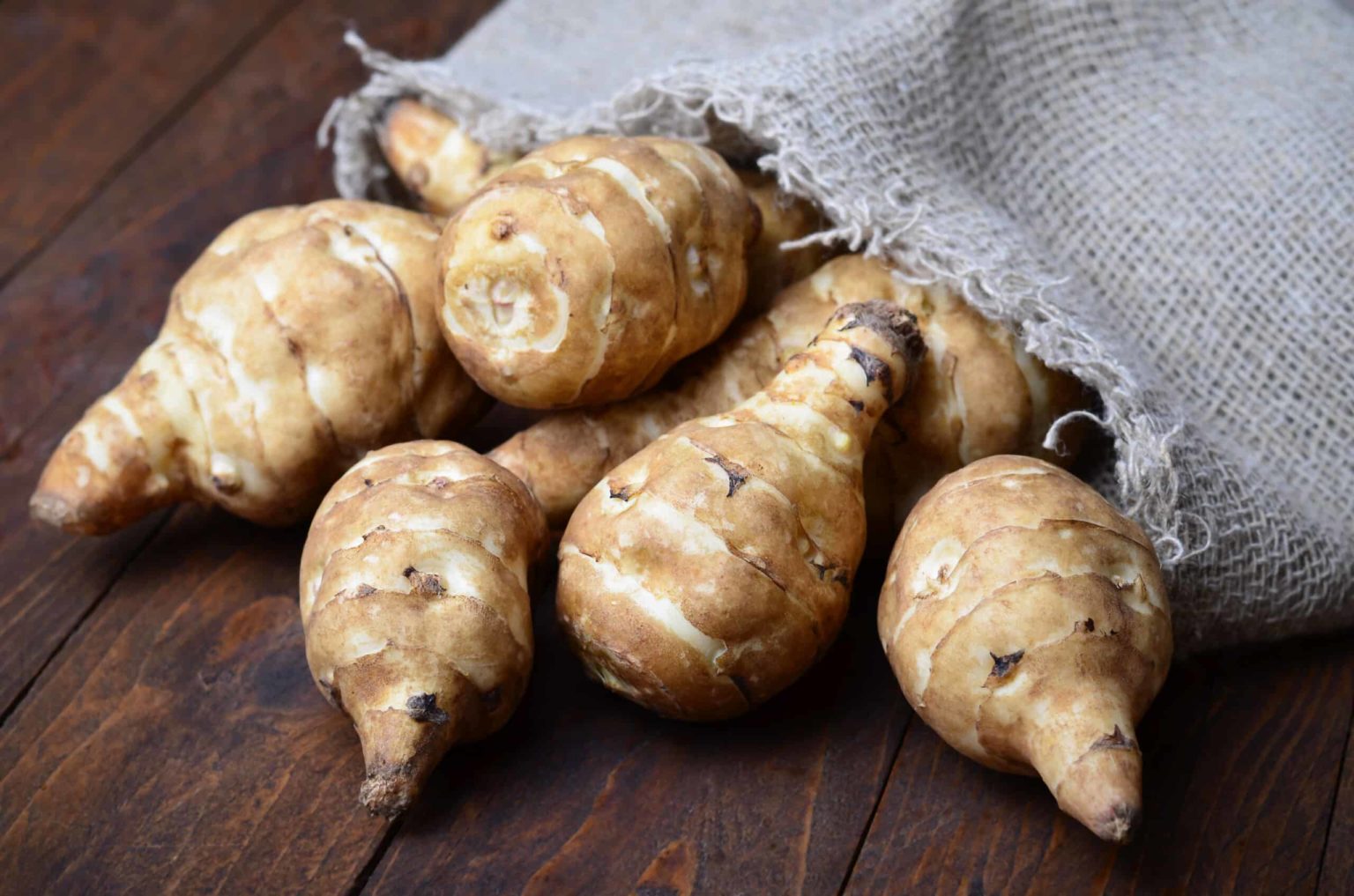
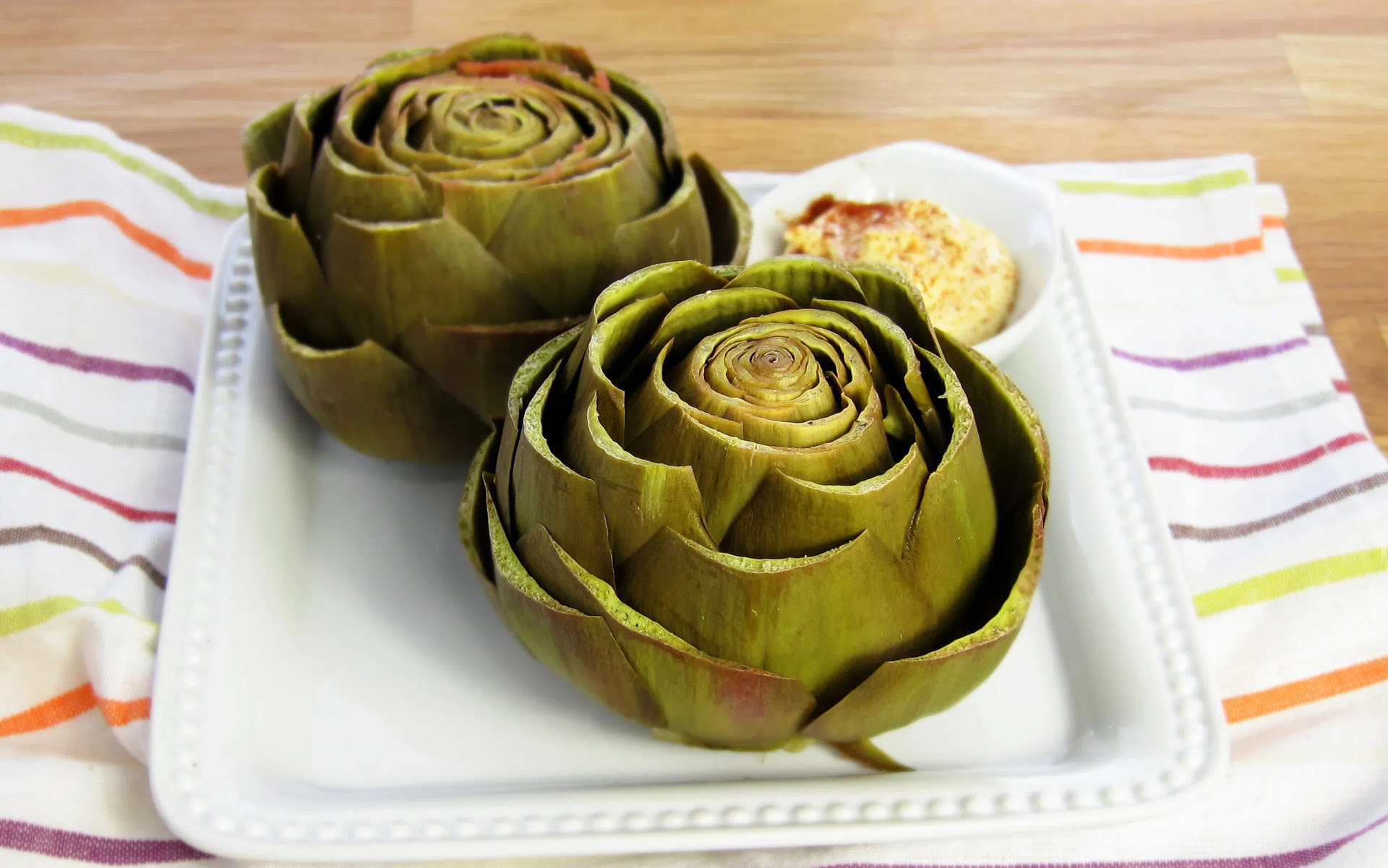
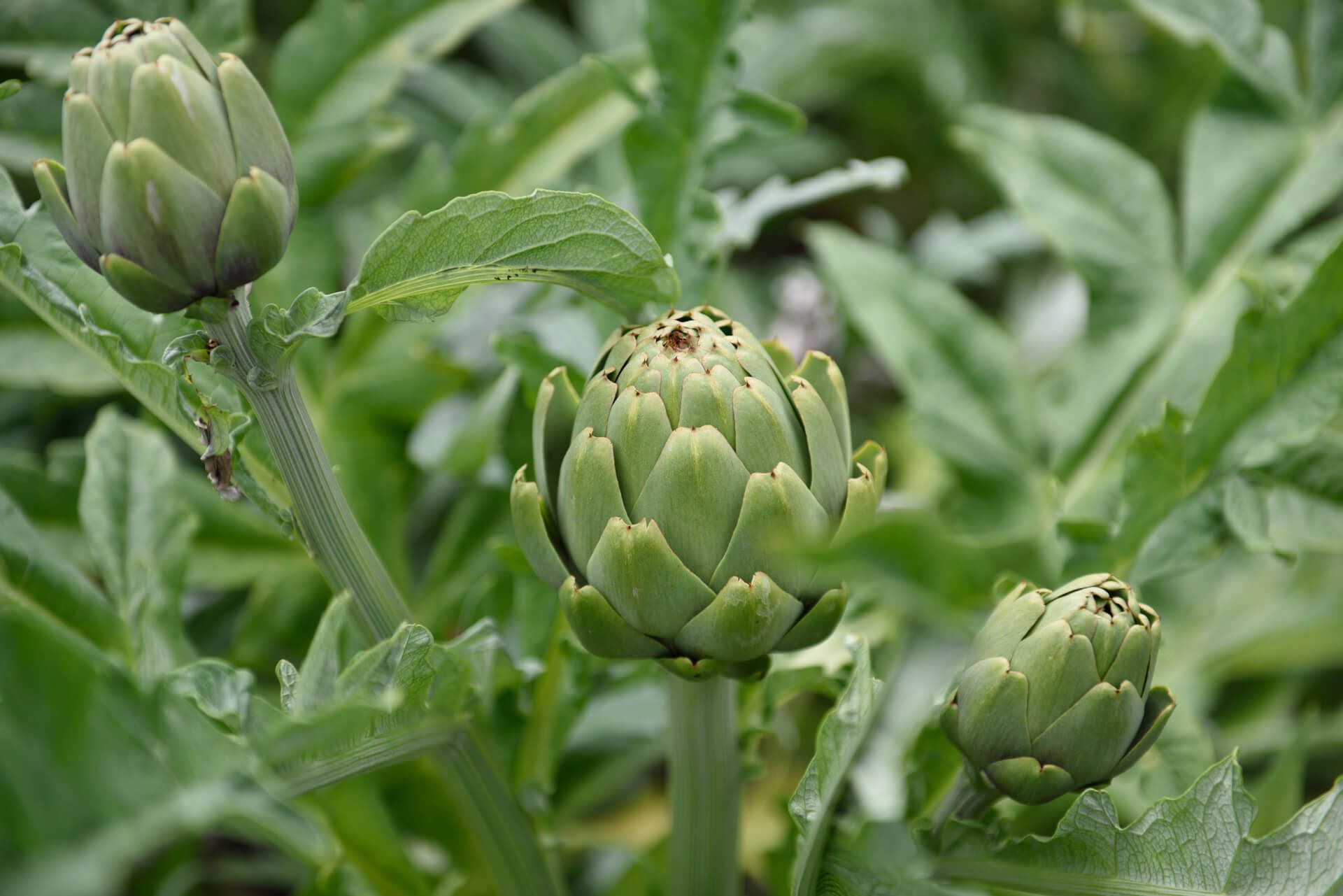
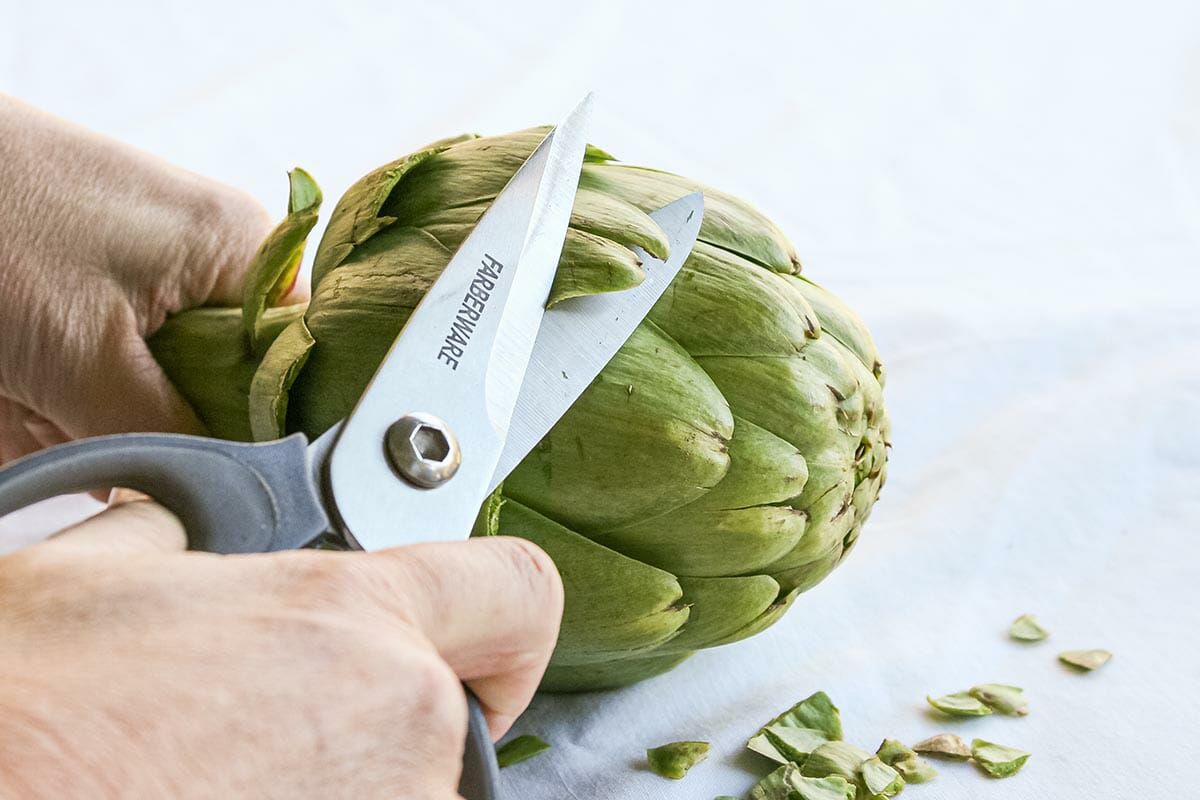
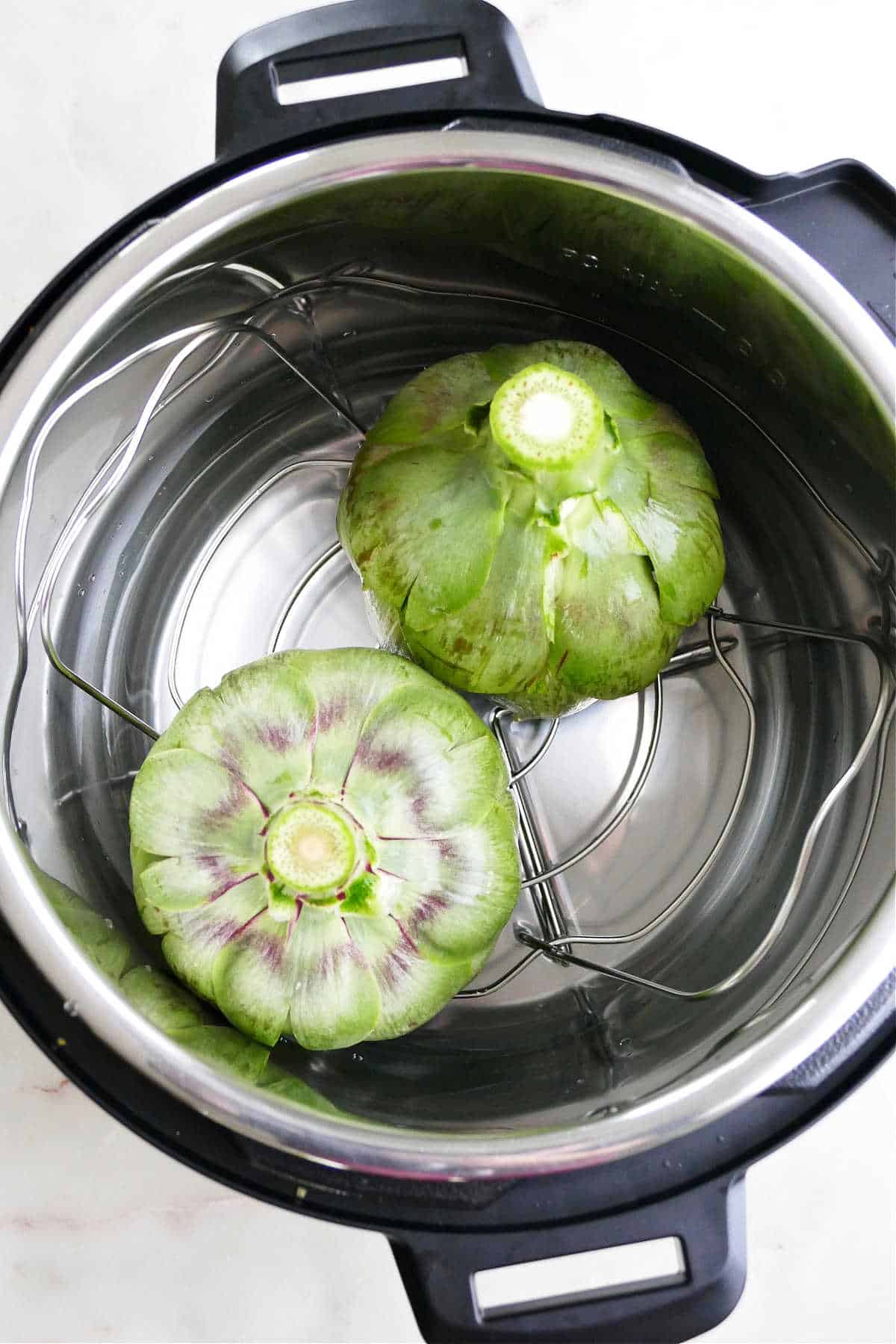
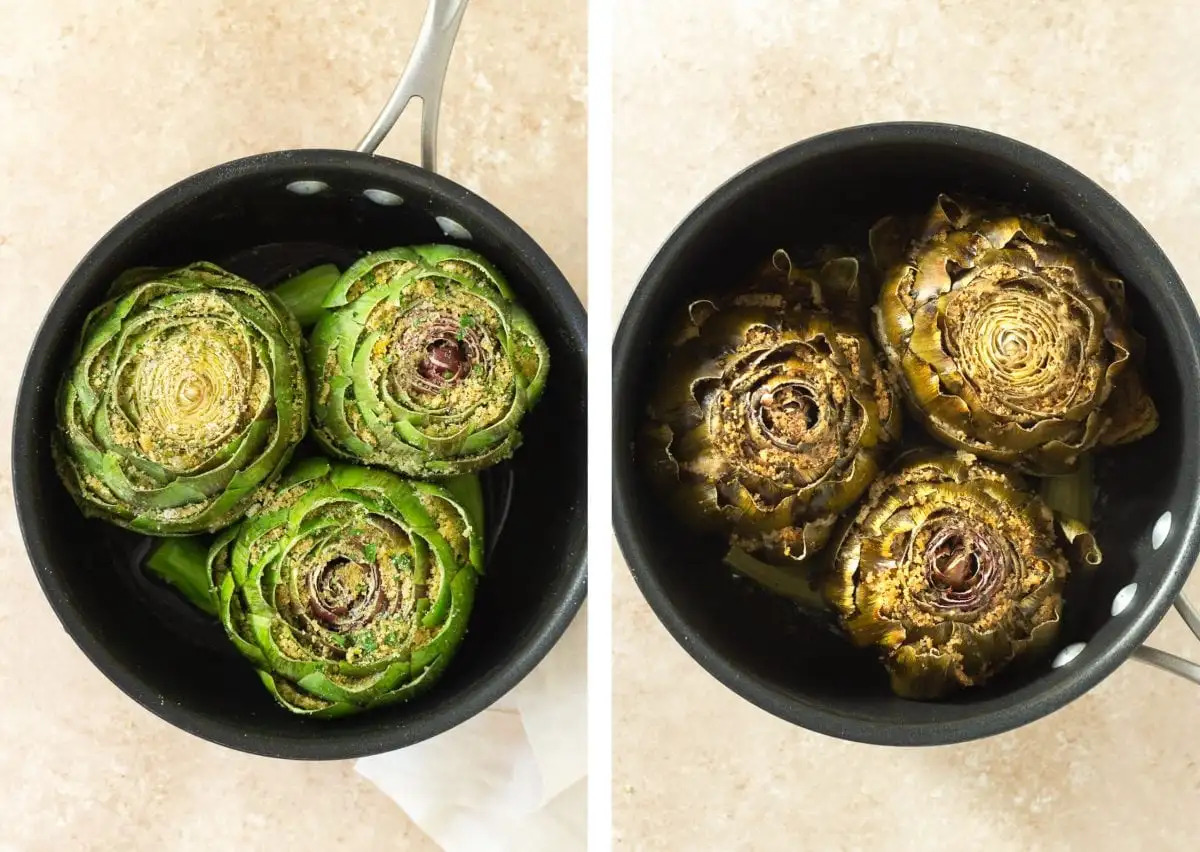









0 thoughts on “How To Store Artichokes”